Phobjikha Valley

Hiking in to the Phobjikha Valley from the Thowa Pass was like stepping through time. We saw close up the ancient forest so far only driven past. Gnarled oak and fir covered with tree ferns and old mans beard. The only inhabitants of the conservation area are yak herders and we skirted the tiny hamlet of Langtey where some are based. The yak fitted the scenery perfectly with their shaggy skirts of black wool adding to the Jurassic Park scene. We had seen monkeys on the way up the pass and it also hides snow leopard, tiger, red panda and bear among the rhododendrons and juniper trees.
It is a steep walk to the top of pass at 3100m, but then the trees stop abruptly, the sky opens and the Phobjikha valley unrolls in a vast glacial bowl of emptiness. It was an ‘awesome’ sight. I felt as though I was arriving in some uninhabited land of the western frontier and had suddenly found somewhere to live. I could have sat and looked forever. But we had still quite a hike to get to our local guest house and the mist had followed us up the mountain and was in danger of dropping down along with darkness.
The valley is not as uninhabited as at first appeared but is dotted with tiny communities which have been there for hundreds of years, living in a self sufficient and sustainable way. We descended through herds of yak feasting on dwarf bamboo, with yellow beaked chough rising and shouting their indignation at being disturbed. Farms with picket fences surrounding root crops to keep out the cattle. Bright green fields of spinach and dark red buckwheat. Later we would see deep grey stone walls, reminiscent of the Lakes, in place to keep out the wild boar.
The sides of the valley rise more gently than those cut by the roaring glacial rivers we had travelled along. A lazy meandering stream wanders along full of trout and spilling out at any opportunity to provide a marshy wintering haven for the black necked cranes for which the valley is renowned. Unfortunately, though they do arrive late October, they had not yet appeared. But no ornithologist would be disappointed. A walk along the valley and you are accompanied by Himalayan skylarks hiding from the eyes of eagles, peregrine falcons and sparrow hawks circling above.
Above the grazing cattle and ponies the slopes were covered with stripes of green and brown. Influenced by the climate, the folds in the hill showed weather resistant evergreens on the northern sides and softer deciduous browns on the sheltered south.
As with everywhere in Bhutan, there is a monastery. The Gangte Gompa will give your cultural fix for this valley.
Electricity has only recently arrived in the valley and thankfully, because of the cranes, has been brought in underground so there are not the usual misplaced pylons and cables adorning the valley, nor are the usual decorations of prayer flags. Conservation is not only helping the cranes but also the view. Our guest house only used electricity for lighting and the heat was provided by wooden stoves, even in the bedrooms. The change in temperature from the subtropical areas meant about a foot of bed covers. The stoves heated the rooms to well over 25C quickly but burned out before morning. Lunch can be eaten in a valley floor farm house, the usual vegetable array mixed with cheese and chillies. After lunch entertainment, a game of Bhutanese darts.
If you don’t hike in a single track mud road circles the valley but there is little traffic bar tractors and ‘Japanese Bulls’ a kind of adapted lawnmower used to pull small trailers.
A house being built, literally of mud, showed how the whole community work together on projects using whatever is available. Wooden frames were filled with mud and pounded down by a group of women to make thick, heat retaining walls. The walls are decorated with the usual fertility symbols and adorned with chillies and buckwheat drying in the late autumn sun, alongside Sky dishes and solar panels.
This was the most beautiful place visited on the trip so far. Short of taking one of the longer multiple day treks I am not sure it could have been better.

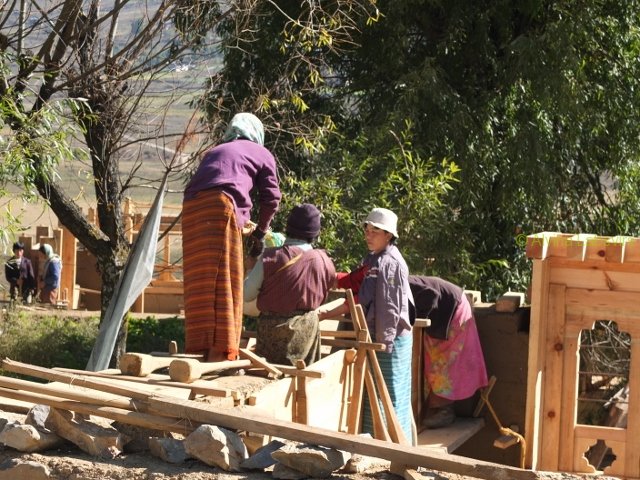
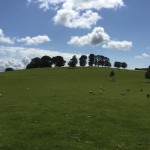
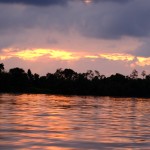
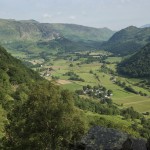
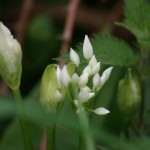
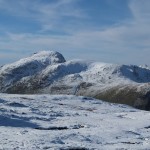
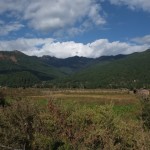
No Comments
Trackbacks/Pingbacks